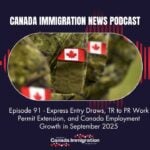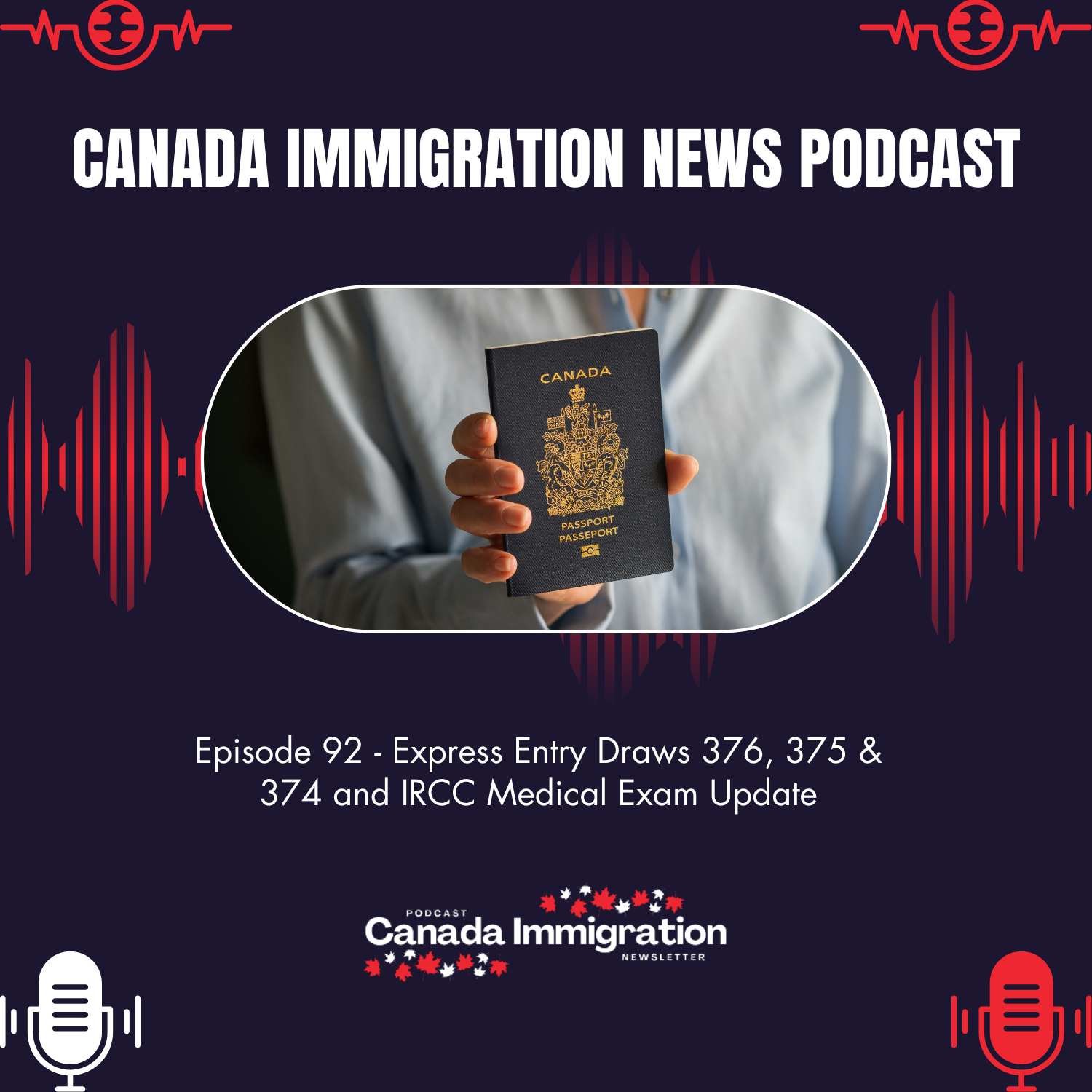Immigration Announcement
Canada’s Growing NPR Population: Impacts on Labour Market Data Accuracy

Canada has seen a remarkable rise in its non-permanent resident (NPR) population in recent years. Before 2020, NPRs made up less than 3% of the population. By October 2024, this figure surged to 7.4%. This rapid increase has sparked concerns, not only about the housing market but also regarding rising youth unemployment, particularly among international students. But how does this demographic shift impact Canada’s labour market data?
Understanding these changes requires high-quality, real-time labour market data. However, Statistics Canada’s Labour Force Survey (LFS) has encountered significant challenges in accurately capturing NPR data. Let’s delve into the reasons behind these discrepancies and their potential effects on Canada’s economic landscape.
The NPR Population Boom: By the Numbers
The growth of NPRs, especially international students, has been substantial. Here’s a snapshot of the changing population dynamics:
| Population Group | 2006 | 2024 |
| Total Population | 33 million | 41 million |
| NPR Population | 300,000 | 2.8 million |
| International Students | 122,620 | 1,040,985 |
The LFS has traditionally provided reliable labour market insights. However, since 2021, a widening gap has emerged between official population figures and LFS estimates. By mid-2024, the LFS underestimated the NPR population by approximately 1 million individuals. This 36% shortfall raises concerns about the accuracy of reported unemployment rates and wage growth.
Why Does This Discrepancy Matter?
Accurate labour market data is crucial for informed policy decisions. The Bank of Canada relies on LFS estimates to guide monetary policies, while employers use this data for wage negotiations. When NPRs are undercounted, the resulting wage growth and unemployment figures may not reflect reality, potentially skewing economic decisions.
Key factors contributing to LFS inaccuracies include:
- LFS samples households, not individuals. NPRs who move frequently may be excluded.
- The LFS uses a 12-month moving average, causing lag in recognizing rapid NPR growth.
- The surge in international students, who now represent over 2.5% of Canada’s population, remains significantly underreported.
The Impact on Employment and Wages
NPRs, particularly international students, often work in part-time or entry-level positions. A miscalculation of their numbers can distort labour market dynamics, such as:
- The rise in NPRs has coincided with increased youth unemployment rates.
- Undercounting NPRs may lead to overestimated wage growth in some sectors.
- Provinces with high international student populations may experience more pronounced data inaccuracies.
Addressing the Data Gap
Improving the accuracy of the Labour Force Survey (LFS) is essential for maintaining reliable insights into Canada’s labour market. One key strategy is enhanced data integration, which involves collaborating with Immigration, Refugees and Citizenship Canada (IRCC) to use permit records for real-time tracking of non-permanent residents (NPRs). Additionally, updating sampling methods can help capture mobile populations more effectively by modifying existing LFS methodologies.
Regular cross-verification with other administrative data sources is also crucial, ensuring more accurate and timely figures. As the NPR population continues to evolve, adapting these survey techniques will be vital for sustaining the accuracy of Canada’s labour market data. The surge in Canada’s NPR population, particularly among international students, has highlighted significant gaps in labour market data. Accurate and reliable information is vital for policymakers, businesses, and workers alike.
By refining data collection methods, Canada can better understand and respond to these demographic and economic shifts, ensuring a more resilient and informed labour market. For more insights into Canada’s immigration trends and policies, stay tuned to Canada Immigration News.























